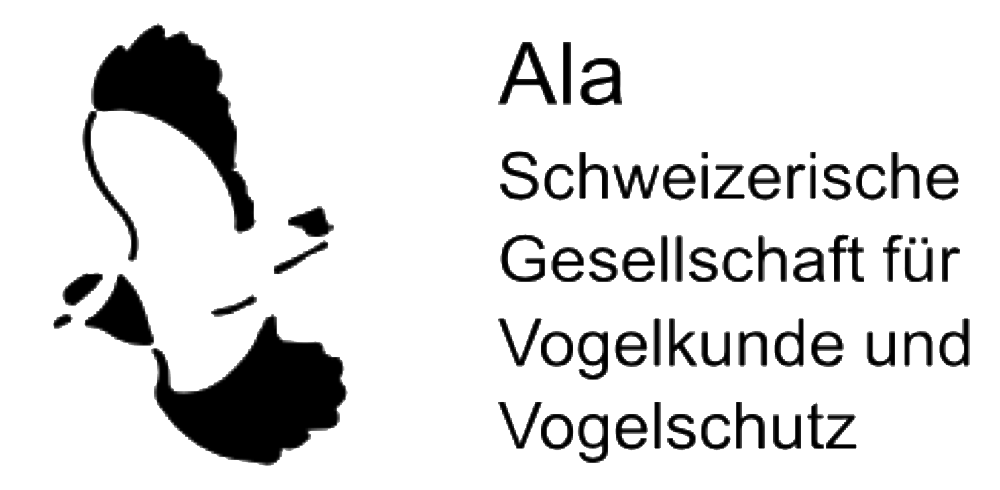Artikel-Suche
einfache Suche | erweiterte Suche
Autor(en)
Schaub, M.
Titel
Populationsbiologie als zentrales Element der Naturschutzforschung.
Jahr
2012
Band
109
Seiten
185–200
Key words
(von 1994 bis 2006 vergeben)
(von 1994 bis 2006 vergeben)
Schlagwort_Inhalt
Populationsgrösse, Populationsentwicklung, Populationswachstumsrate, Populationsabnahme, Demografie, Bruterfolg, Überlebensrate, Aussetzung, Aussterben, Windkraftanlage, Windturbine
Schlagwort_Vogelart
(wissenschaftlich)
(wissenschaftlich)
Upupa epops, Bubo bubo, Gypaetus barbatus, Milvus milvus
Schlagwort_Vogelart
(deutsch)
(deutsch)
Wiedehopf, Uhu, Bartgeier, Rotmilan
Schlagwort_Geogr.
Sprache
deutsch
Artikeltyp
Abhandlung
Abstract
Population biology as a central element in conservation biology. – A fundamental goal of conservation biology is the establishment of knowledge to increase the probability that population declines can be halted. Population biology plays a central role in this endeavour. Population analyses allow to recognise the demographic mechanisms underlying population change and to assess the effects of different management actions on future population developments. These insights may result either in targeted conservation actions or in the formulation of new focal hypotheses about population change. A central element of every population analysis is a population model which describes the link between population size and the demographic rates (survival, recruitment, emigration, immigration). In this essay I illustrate how population analyses provide insights for the conservation of four species (Eurasian Hoopoe Upupa epops, Eurasian Eagle-Owl Bubo bubo, Bearded Vulture Gypaetus barbatus, Red Kite Milvus milvus). The first two case studies are retrospective, they identify demographic reasons for observed population change in the past. The second two case studies are prospective, they compare the effects of different management actions on the future development of the populations. Population analyses are not only central in conservation biology, they are equally important for setting sustainable harvest bags in exploited populations. The need to assess human impacts on wildlife will increase. Since an impact assessment of all actions needs to be performed at the level of populations, the demand for population biology is likely to increase as well.
PDF Dokument (öffentlich)
PDF Dokument (registrierte Mitglieder)












